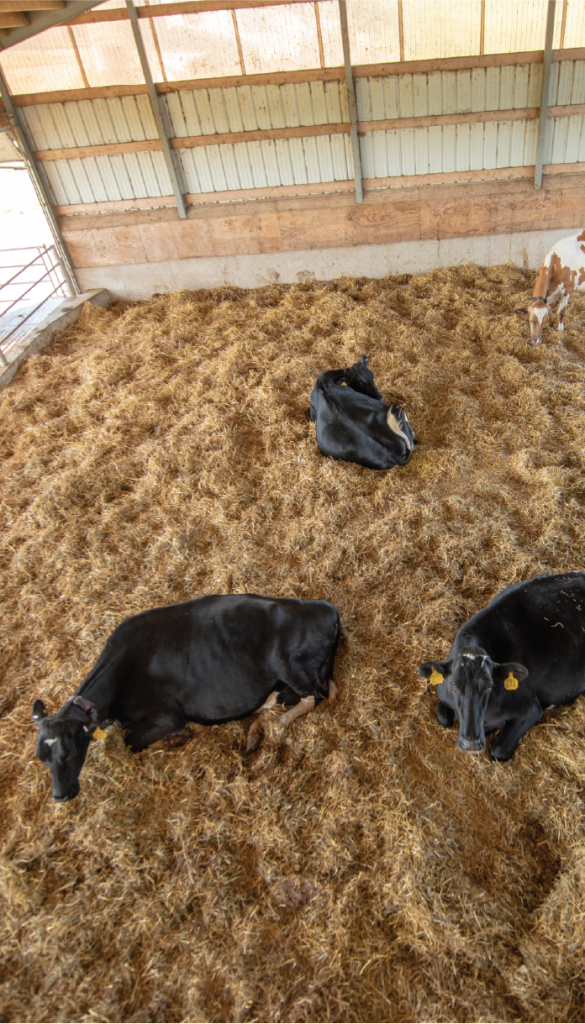Dry period mastitis linked to reproductive efficiency
By Dr. Brian Miller
Reproductive performance is an important driver of dairy farm profitability and can be impacted by several diseases that occur during the dry period including mastitis. Mastitis is associated with lost milk production, added treatment costs, inferior milk quality, decreases in reproductive efficiency, early herd removal and/or death.
During the last three decades, several published studies have investigated the relationship that clinical or subclinical mastitis post-calving has on reproductive performance.1,2,3 A meta-analysis that combined data from 29 separate studies conducted by The Ohio State University in 2019 set out to measure the effects of mastitis on the reproductive performance of dairy cows.3 Comparing cows with mastitis to cows with no mastitis, the authors discovered differences in the following reproductive measures4:
- Increased days to first service
- Increased days open
- Differences in pregnancy per artificial insemination
- Greater pregnancy loss
Importance of the dry period
This data clearly demonstrates that mastitis post-calving has detrimental effects on reproduction, providing even more incentive for dairy farms to reduce new intramammary infections (IMIs) during the dry cow period.
Cows’ greatest susceptibility for mastitis occurs during the first two weeks and the last two weeks of the dry period.2
During the first two weeks of the dry period, discontinuation of teat dipping leads to increased numbers of bacteria at the teat ends. Termination of milking halts the natural flushing effect milking has on pathogen removal from teat canals. Many quarters have a delay or fail to form an adequate keratin plug which helps seal teat ends from bacterial penetration. Collectively, these risk factors are reasons that dry cow therapy and internal teat sealants are recommended at dry-off to help reduce new IMI infection risk.
During the later risk period, management practices designed to maximize and supplement the cow’s immune defenses and minimize bacterial challenge from the environment are essential.

Prevention is key
IMI infections during the dry period can have a dramatic impact on the incidence and distribution of mastitis in the next lactation. Subsequent mastitis events that occur during the breeding risk period can have a profound negative effect on fertility.1,2,3 Consult with your herd health veterinarian to create a comprehensive dry cow program to prevent new IMIs during this critical time.
For more information visit CompleteDryCowCare.com.
References
- Fuenzalada MJ et al. The association between occurrence and severity of subclinical and clinical mastitis on pregnancies per artificial insemination at first service of Holstein cows. J. Dairy Sci. 2015;98(6):3791-3805.
- Dahl MO et al. Epidemiologic and economic analyses of pregnancy loss attributable to mastitis in primiparous Holstein cows. J. Dairy Sci. 2018;101(11):10142-10150.
- Dolecheck A et al. Quantifying the effects of mastitis on the reproductive performance of dairy cows: A meta-analysis. J. Dairy Sci. 2019;102(9):8454-8477.
- Bradley AJ & Green MJ. The importance of the nonlactating period in the epidemiology of intramammary infection and strategies for prevention. Vet. Clin. North Am. Food Anim. Pract. 2004;20(3):547-68.
Find more content for your dairy operation.
About the author

Dr. Brian Miller, D.V.M.
Cattle Technical Services,
Merck Animal Health
